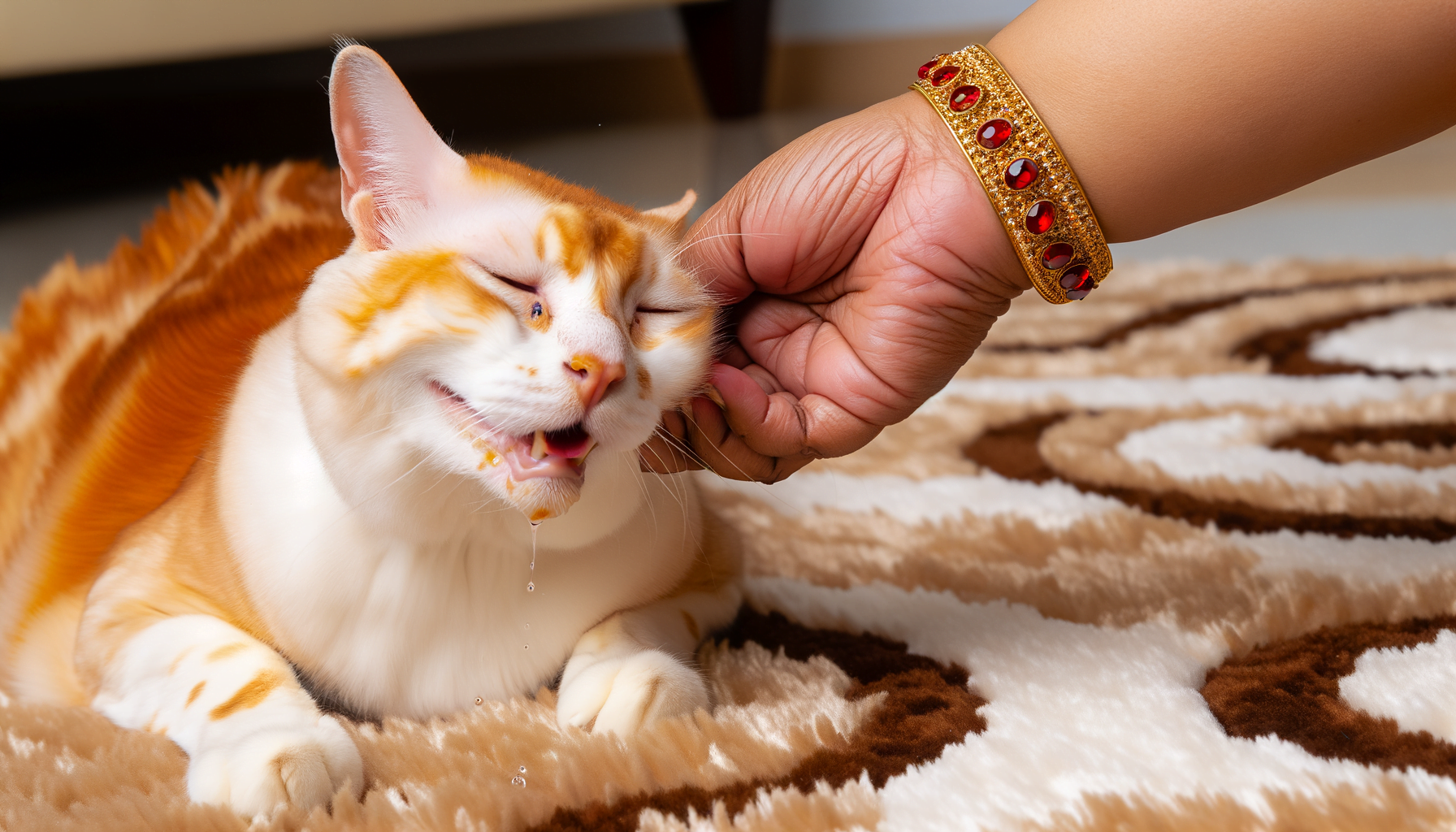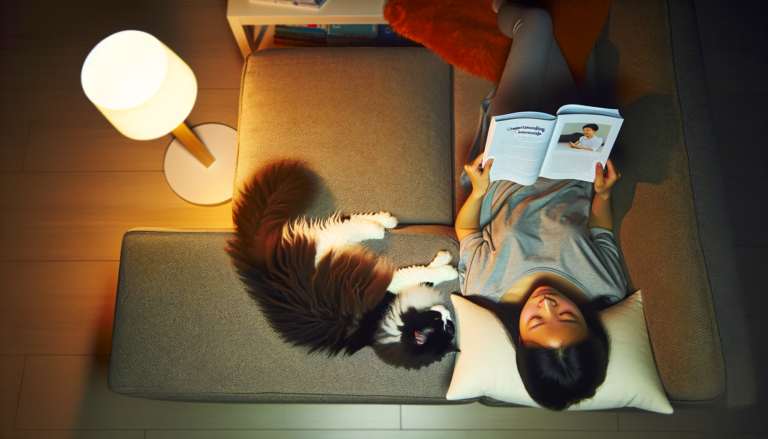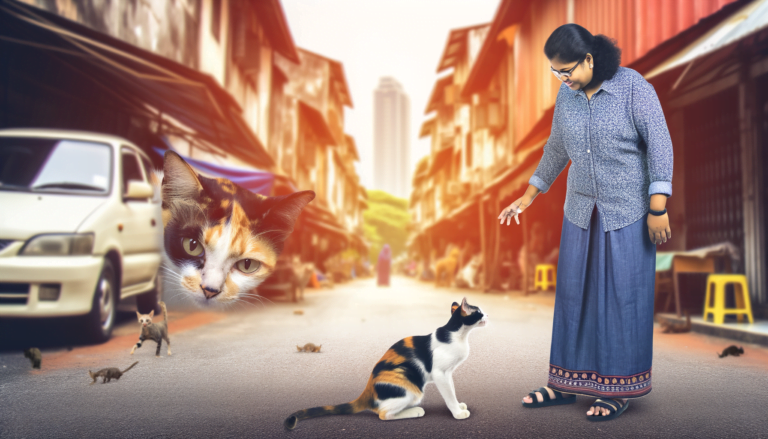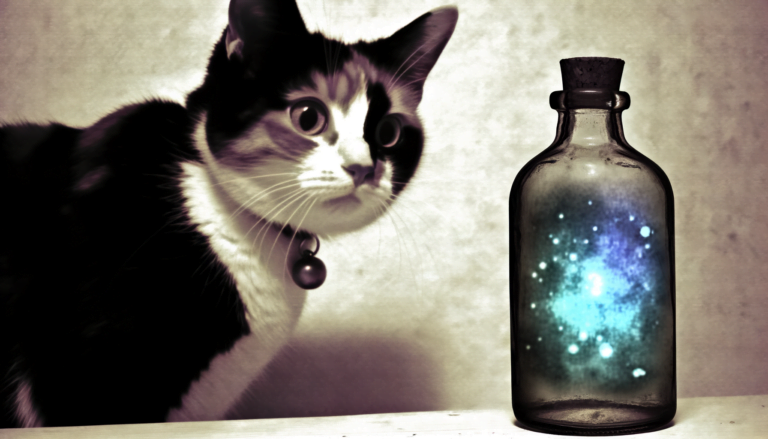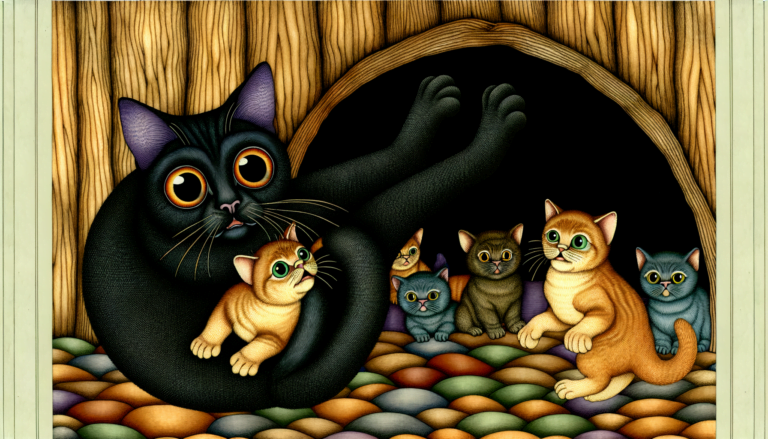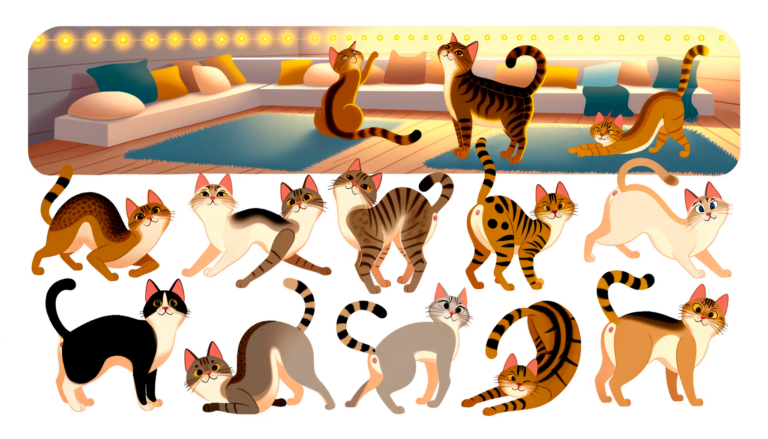Unlocking the Purring Mystery: Why Cats Drool in Delight
Cats drool while purring primarily due to feelings of relaxation and contentment. As cats purr, a sign of their happiness, tranquillity, or sometimes even a response to stress, they might release saliva unintentionally. Similar to how a human might drool while sleeping, the comforting vibration of a purr can cause a cat’s mouth to relax and saliva to flow freely. However, excessive drooling could be an indication of underlying oral health issues, such as gum disease, dental problems, or a foreign object in the mouth. Always be attentive to your feline friend’s health and, in case of any concerns, seek advice from a veterinary professional.
Decoding Cat Drooling: What Does it Signify?

The phenomenon of cat drooling, while less understood, may hold certain meanings. Predominantly, an association has been observed between drooling and a state of contentment in cats. When basking in human affection or while purring, a cat may often be seen drooling – signifying utter satisfaction. This can be attributed to the fact that cats are less likely to swallow when in a state of ease, leading to a build-up of saliva that ultimately escapes as drool.
However, this behavioral pattern isn’t universal. Some cats might never drool during their cozy moments, while others might regularly. It’s an aspect of their individual personality quirks. But it’s essential to monitor this because an excessive or sudden increase in drooling might indicate potential health issues.
That said, occasional, contented drooling is generally a harmless, even endearing trait. It’s one of the many idiosyncrasies that make cats so intriguing and lovable. Although surprising, such drooling, when paired with purring, can often simply be a unique expression of feline bliss.
Relationship Between Purring and Drooling in Cats
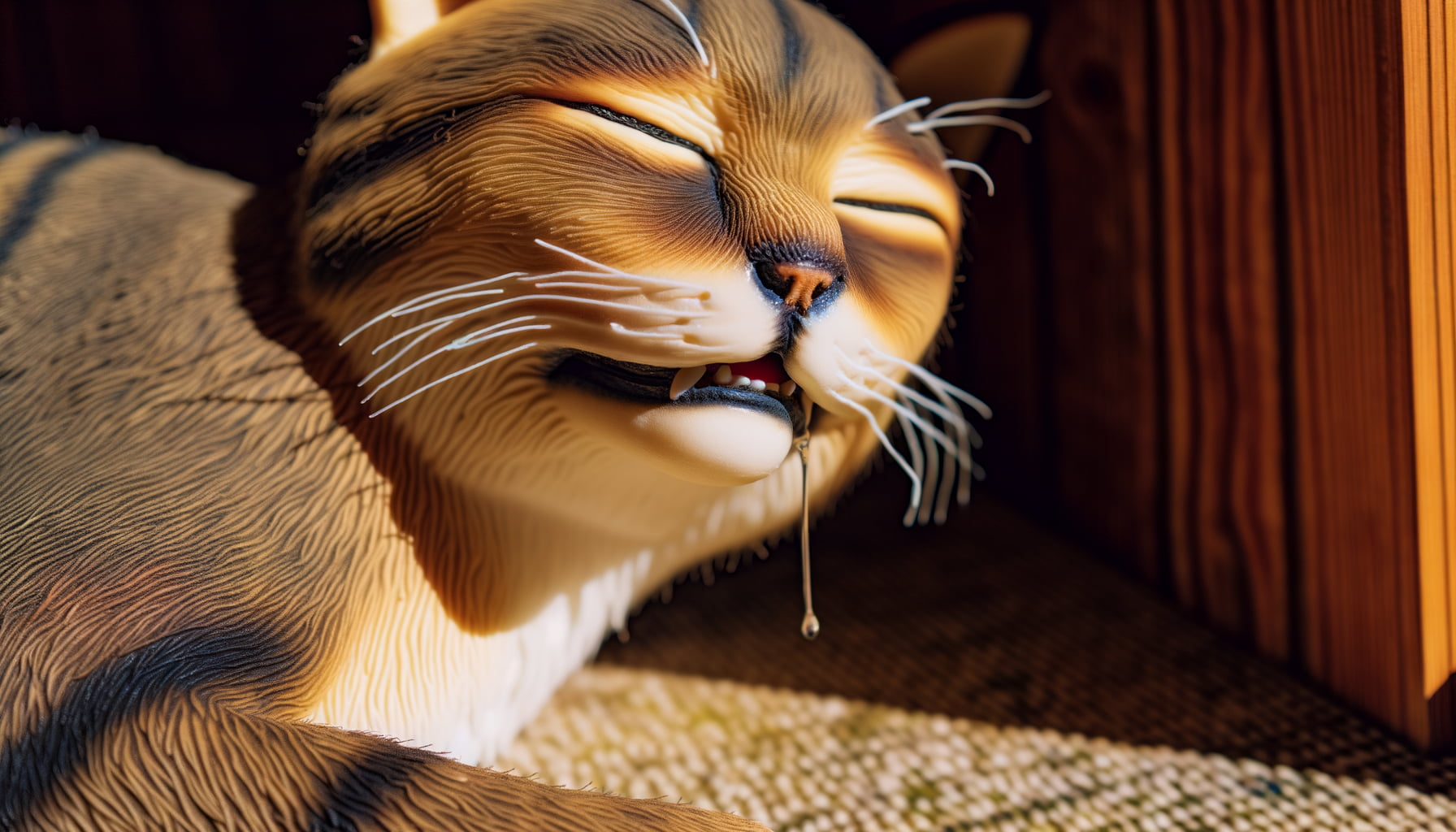
When a cat begins to purr, it’s typically a positive sign of their contentment, indicating a sense of comfort. This sound is produced by the oscillations of the diaphragm and larynx during inhalation and exhalation. Interestingly, drooling can occasionally accompany this comforting purring, but why?
Drooling in cats, especially during purring, is often linked to sheer bliss. When a cat is completely comfortable and relaxed to the point of purring, they might forget to swallow their saliva, leading to drooling. This phenomenon is seen more commonly in kittens than adult cats. It is an instinctive behavior that traces back to their nursing days, wherein kittens would suckle and knead their mother while drooling and purring.
However, although drooling in cats during moments of relaxation and purring is commonly harmless, if it is excessive or combined with other unusual behaviors, it may be a signal of underlying health issues. In such cases, a vet consultation is recommended.
Understanding the Feline Purring Mechanism
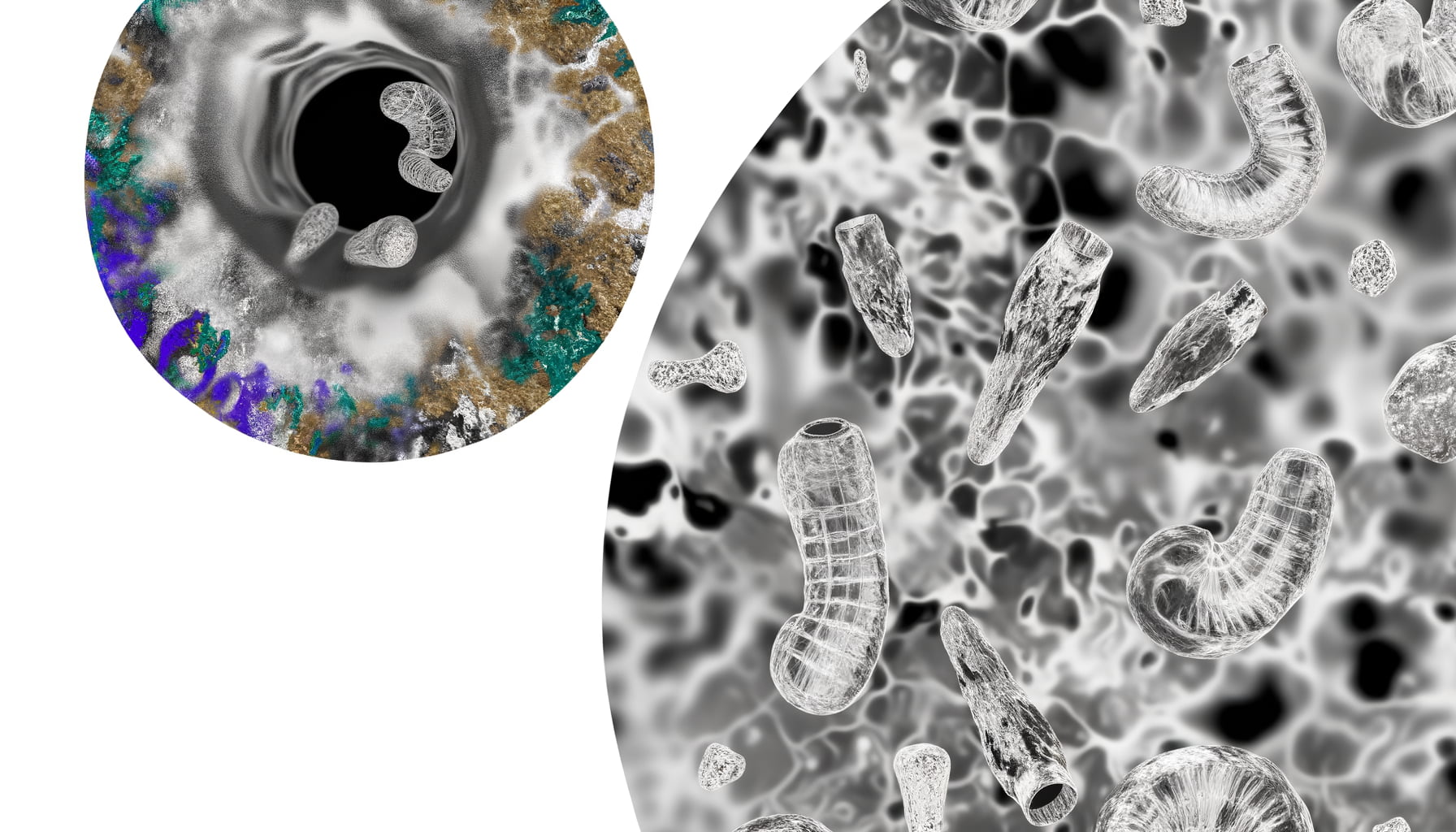
The mystery around feline purring has fascinated cat enthusiasts for a long time. Indeed, the purring mechanism in cats is a complex yet intriguing process. It is believed that purring starts in the brain, where signals are sent to the muscles within the cat’s voice box. During inspiration and expiration, these muscles contract at a frequency of 25 to 150 vibrations per second, resulting in the unique sound that we associate with a contented cat.
Research suggests that purring offers more than just a method for cats to express their contentment, it also serves biological functions. For instance, evidence shows that the frequency of a cat’s purr promotes the production of growth factors that are essential for healing bones and wounds quickly, thus acting as a survival mechanism. It’s no wonder cats are known for their resilience and ability to recover from injuries.
Interestingly, not all purring is the same. Cats adjust their purrs depending on the situation. It is common for cats to modify their purring sound whilst seeking attention or help from humans. This captured response from humans is testament to the efficiency of cat communication by modifying the intensity and tone of purring. The more we learn about this, the more we can understand our feline companions and bolster our bond with them.
Possible Medical Reasons for Cats Drooling When They Purr
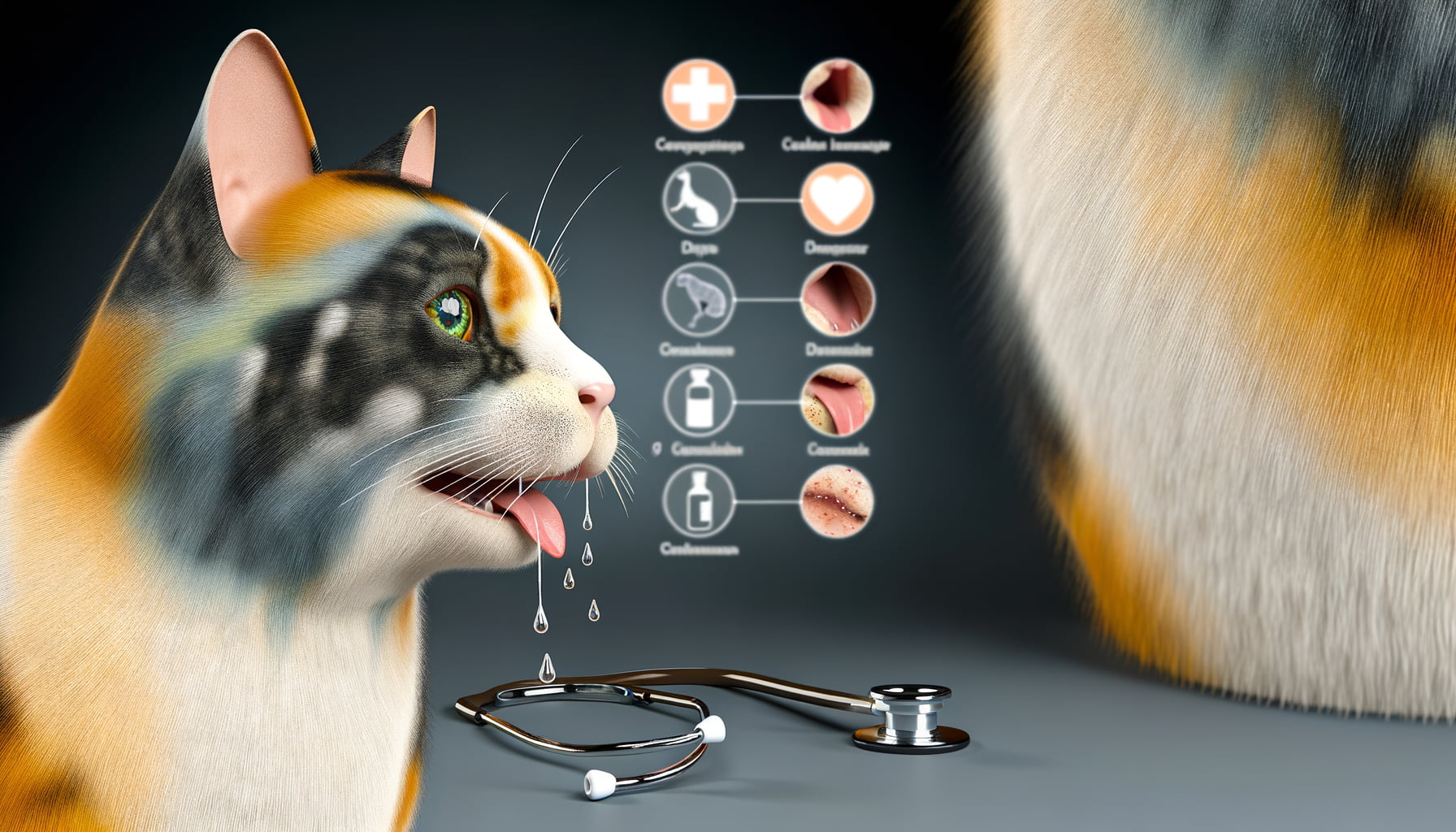
Cats may drool during their purring sessions due to several potential medical reasons. It’s not common, but not necessarily a cause for concern either — the drooling can simply be a sign of contentment. However, it’s important to pay attention as it might also reveal a health issue.
One such condition is oral disease. Just as in humans, oral health issues are fairly common among cats. Conditions like gingivitis, stomatitis, or dental disease can make swallowing painful for your feline, leading to an increase in saliva production and thereby, drooling. Drooling can also result from respiratory infections, as nasal congestion can force a cat to breathe through their mouth, causing salivation.
Another potential medical reason is foreign objects stuck in the cat’s teeth or throat. Foreign objects, or obstructions, can cause discomfort and encourage drooling as well as difficulty swallowing. If you notice excessive drooling, it’s important to consult with a veterinarian to rule out these and other potential health problems.
Conclusion
Unlocking the mystery behind why cats drool in delight has revealed fascinating insights into their behavior. From their ancient instinctual responses to sensory stimuli to the pleasure they derive from kneading and purring, it is clear that cats have intricate ways of expressing contentment.
By understanding the subtle nuances of feline behavior, we can deepen our bond with these mysterious creatures and appreciate the unique ways in which they communicate their happiness. As we continue to unravel the secrets of our feline companions, we are reminded of the endless wonders of the animal kingdom and the joy that they bring into our lives.
